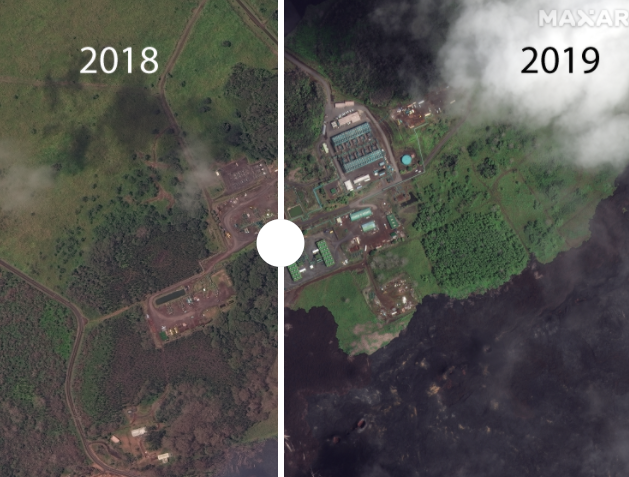Bigger Impact: Kilauea or Merapi?
- Venansius Jourdan

- Sep 6, 2020
- 3 min read
Updated: Nov 5, 2020
Volcano is an opening in earth’s crust through which lava, volcanic ash and gases escape. According to USGS, Deep within earth the temperature fluctuates so high that rocks are melting called Magma. Since it is lighter than solid rock hence when subduction happens, magma rises and is stored in its chamber. The explosivity of the volcano depends on the type of the magma whether it is thick or thin. When Magma is thin and runny, gas escapes easily. On the contrary, when it is thick and tenacious the gas pressure would build up causing vicious eruptions.

This can be compared to both volcanoes being discussed, as both have different behaviors when eruptions happened. Mount Kilauea as a notable example of volcanoes that produce lava flows. When the volcano erupts, the lava will proceed slowly unto its path, it will bury and ignite those that stand against the lava. Subsequently, due to thin lava flows excessive amounts of methane gas will be produced. Due to the slow movement of lava, there are small amounts of casualties derived from it. People tend to migrate fast when the lava is heading towards them. It is the secondary hazards such as rock fall that causes death and injuries. On the other side, Merapi eruption behaves differently, the volcano produces a thick and sticky magma causing a blockade for gases to escape. Hence, pressure builds up and it erupts with a higher magnitude compared to Mount Kilauea. The eruption gave rise to volcanic bombs and heat clouds, spread over a distance of 10 km.
According to Express.co.uk , there have been no deaths or injuries reported in the recent Kilauea eruption (2018). While based on E-Esa, Mount Merapi eruption in 2006 killed almost 5,700 people. From death toll comparison, it's logical why people crowned the volcano as one of the most dangerous volcanoes in the pacific ring of fire. The eruption itself has caused both short and long term effects, which devastated and severely impacted the nation (Indonesia). Short term effects include ash clouds and atmospheric exposure to sulfur dioxide which was blown across Indonesia and have managed to reach Australia. Not only that, approx. 350.000 migrated from Yogyakarta. Short term build up exacerbated the problem, overcrowded evacuation centers lead to poor hygiene and risk of getting respiratory diseases. (bbc.co.uk)
While on the other side some argued that Mount Kilauea is far more devastating than what Merapi has served. Starting from a 4.4 magnitude earthquake it spewed rocks hundreds of feet, resulting in a pyroclastic flow damaging villages, farmland, and road networks. Due to excessive steam, it pushes lava into the surface. It destroyed 40 homes and managed to dislodge the crater floor. Based on New York times, it is the most hazardous volcanic eruption in the USA for the year 2018. Updrafts by the lava contributed to pyrocumuluos clouds and fire whirls. Moreover, the sulfur dioxide emission mix with water vapor produces suffocating fog. This notion is strengthened by the reports that Mount Kilauea lava flow covered 5,000 acres of land with a height reaching 3 - 6 m. (TIME)
Photo 1: Comparison of impact brought by Mount Kilauea over the years (USA Today)
Personally, I believe that Mount Merapi far more dangerous than Mount Kilauea since it created more casualties and the sulfur dioxide emission went through Australia. Not only that, the pyroclastic flow reached the speed up to 110 km/h. Such short term and long term effect, disrupts the economy of one nation. Whereas, Mount Kilauea only affected Hawaii which is far from the nearest populated city









Comments